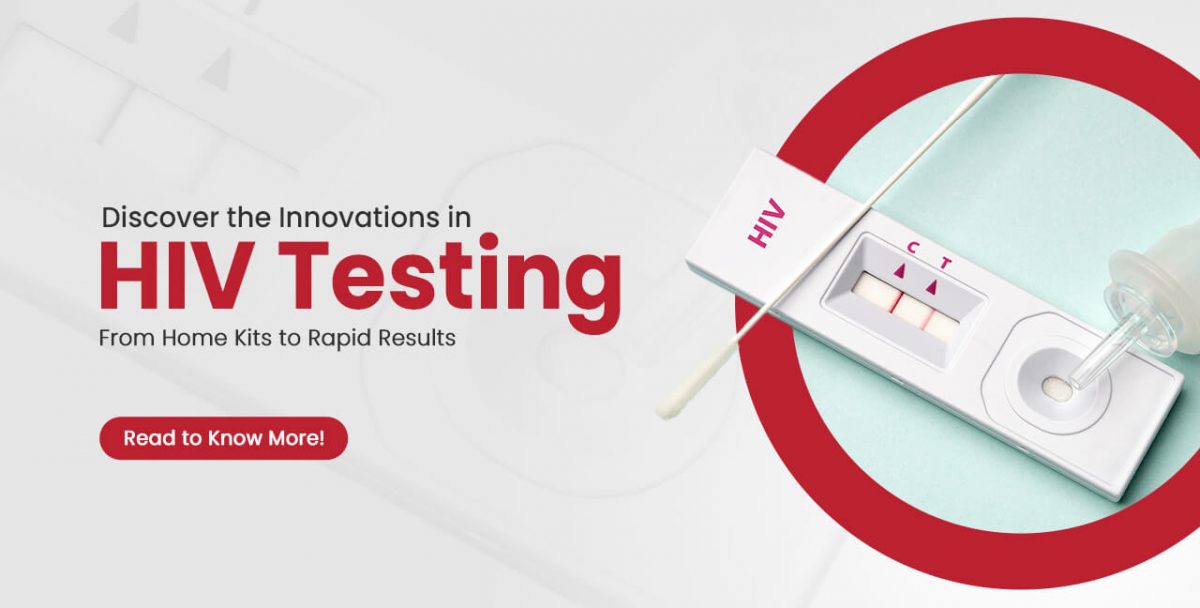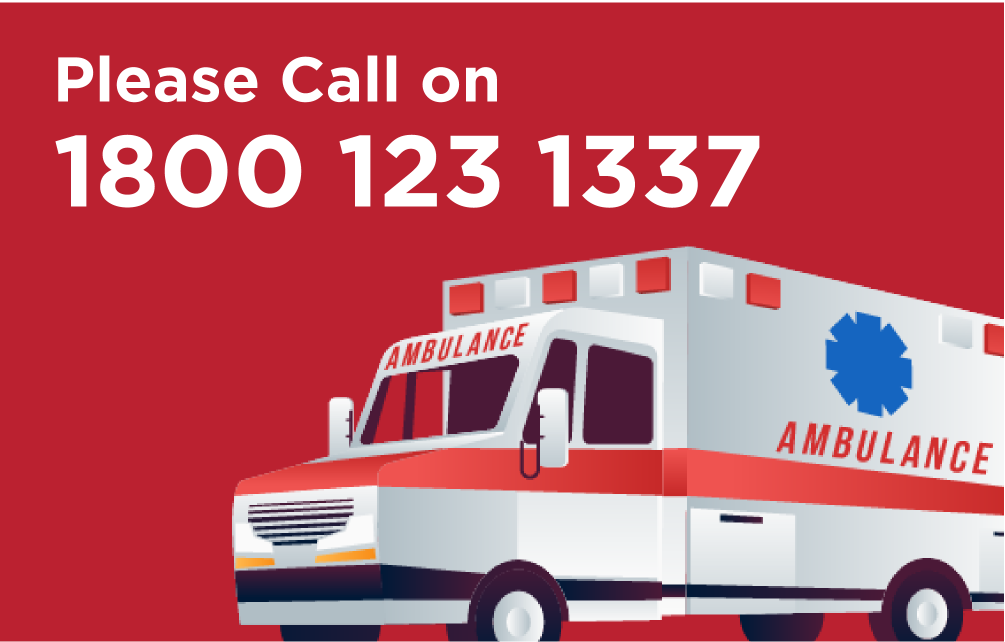Innovations in HIV Testing: From Home Kits to Rapid Results

The fight against HIV/AIDS has come a long way since the discovery of the virus in the 1980s. One critical aspect of this battle is early detection, allowing individuals to seek timely medical intervention and adopt preventive measures. In recent years, there have been groundbreaking innovations in HIV testing, making the process more accessible, convenient, and rapid. From the comfort of one’s home to clinics offering results within minutes, these advancements mark significant strides in the global effort to control and ultimately eradicate HIV.
Home HIV Testing Kits: Empowering Individuals
One of the most revolutionary innovations in HIV testing is the advent of home testing kits. These HIV testing kits provide a discreet and convenient method for individuals to test themselves in the privacy of their homes. The process typically involves collecting a small blood sample with a fingerprint, or a saliva sample, and using the provided tools to analyse the specimen. Results are delivered within minutes, eliminating the anxiety associated with waiting for test outcomes.
The accessibility of home testing kits is particularly crucial in regions where traditional testing facilities may be scarce or stigmatized. Individuals who may be hesitant to visit a clinic can now take control of their health without compromising their privacy. This approach has the potential to increase testing rates, leading to earlier detection and better outcomes for those who test positive.
Follow-up and Linkage to Care
While home testing kits empower individuals, it is vital to ensure that those who test positive have clear guidance on the next steps. Providing information about nearby clinics, confirmatory testing, and access to antiretroviral therapy (ART) strengthens the impact of home testing by linking results to proper care and treatment.
Rapid HIV Testing at Clinics: Speeding up the Process
In addition to home testing kits, there have been remarkable developments in clinic-based HIV testing, with a focus on rapid results. Traditional HIV tests often require individuals to wait several days or even weeks for results, causing anxiety and discouraging some from getting tested. Rapid testing has addressed this issue by providing results within minutes, allowing for immediate counseling and intervention.
These rapid HIV tests, often using lateral flow technology, detect the presence of HIV antibodies or antigens in the blood. The simplicity and speed of these tests make them ideal for outreach programs, mobile clinics, and high-risk communities. Faster results not only alleviate the psychological burden on individuals awaiting their fate but also enable healthcare professionals to initiate necessary interventions promptly.
Community-Based Testing Programs
Expanding rapid testing to community centers, workplaces, and schools can help reach populations that might not otherwise seek testing. Community-based testing programs can normalize HIV screening, reduce stigma, and foster an environment of proactive health management.
Integration of Technology: Mobile Apps and Telemedicine
Technology has played a pivotal role in transforming HIV testing, extending beyond physical test kits. Mobile applications now enable users to order and manage home testing kits, receive results securely, and access counseling services all through their smartphones. This integration of technology enhances the overall testing experience, making it more user-friendly and reducing barriers to access.
Telemedicine has also become an integral part of the HIV testing landscape. Virtual consultations allow individuals to discuss their concerns with healthcare professionals, receive guidance on testing options, and access post-test counseling. This approach not only ensures a more comprehensive and personalized experience but also promotes inclusivity, reaching individuals in remote areas or those with limited mobility.
Data Security and Privacy
As testing and counseling move online, protecting users personal data is critical. Ensuring secure platforms for ordering kits, receiving results, and teleconsultations helps build trust and encourages more people to participate in testing.
Challenges and Future Directions
While innovations in HIV testing have undoubtedly improved accessibility and efficiency, challenges remain. The stigma surrounding HIV/AIDS persists in various communities, deterring individuals from getting tested. Addressing this stigma through education and awareness campaigns is crucial for further progress.
Additionally, ensuring the accuracy and reliability of home testing kits is an ongoing concern. Continuous research and development are necessary to enhance the sensitivity and specificity of these tests, providing users with confidence that their results are accurate.
Reducing Health Disparities
Efforts must be made to make HIV testing affordable and accessible to marginalized and low-income populations. Equitable distribution of testing resources and public health campaigns can help reduce disparities in HIV detection and care.
Conclusion
Innovations in HIV testing, from home kits to rapid results at clinics, are transforming the landscape of disease detection. These advancements not only empower individuals to take control of their health but also contribute to global efforts to eradicate HIV/AIDS. Leading facilities like Regency Healthcare, recognized as one of the best hospitals in Kanpur, offer state-of-the-art HIV testing services, ensuring accurate, fast, and confidential results. As technology continues to evolve, the future holds promising possibilities for even more accessible, accurate, and rapid HIV testing methods, bringing us closer to a world free from the burden of this devastating virus.
Also Read: Sexually Transmitted Infections (STIs): Prevention, Testing, and Treatment
Frequently Asked Questions (FAQs)
How accurate are home HIV testing kits?
Home HIV testing kits are generally reliable but may require confirmatory testing at a clinic, especially if the result is positive.
Can HIV be detected immediately after exposure?
No, there is a window period of several weeks after exposure before HIV antibodies can be detected. Testing is most accurate after this period.
Are rapid HIV tests as reliable as lab-based tests?
Yes, rapid tests are highly accurate, but positive results should always be confirmed with a follow-up lab test.
Is it safe to order HIV testing kits online?
Yes, as long as the kit comes from a certified and reputable provider, ensuring confidentiality and accurate results.
What should i do if my HIV test is positive?
Seek immediate medical guidance, undergo confirmatory testing, and discuss treatment options like antiretroviral therapy (ART) with a healthcare professional.
How often should high-risk individuals get tested for HIV?
People at high risk, such as those with multiple partners or those sharing needles, are advised to get tested at least once every 3–6 months.

 Call-an-Ambulance
Call-an-Ambulance



